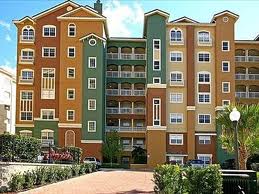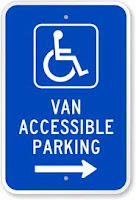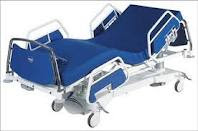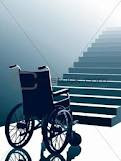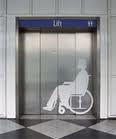When I use or refer to ADA it is the Americans with Disabilities Amendments Act of 2008 with an effective date of January 1, 2009. There is a strange situation with the ADA. Nowhere have I seen where it says the ADA of 1990 has been replaced by the ADA of 2008. But, really, that is what has happened. The big change is the numbering system and a more definitive explanation of who is disabled. The result is more people fall under the umbrella of being disabled. Age is not mentioned and it is obvious that as our population ages we will have more people that will fall under the umbrella of being disabled.
So, what does all this mean to building owners?
Get your act together and get your building ADA compliant. Yes, it will cost money. The cost of a lawsuit will also cost money. That cost could be a quarter of a million dollars and not a penny going into getting your building ADA compliant. Most architects and contractors solutions are the same. They have been using the same formula for years and were not, and still not as of today, in ADA compliant.
As an architect, what upsets me the most is when I see building owners spend money for ADA compliance and do not get it. The U.S. Department of Justice (DOJ) says that they are seeing more litigation each year. We now have law firms that specialize in ADA building non-compliance. If your building is not compliant, you may be next in line for that ADA building non-compliance complaint.
For more than a year now we have been offering our professional accessibility architectural service to the wheelchair users to file ADA non-compliant building complaints free of charge. ACCESS enjoys our work with the wheelchair user community. We are at you service and welcome all inquiries.
Give us your questions or thoughts on the above article. You can post them here or on our FaceBook page at http://www.facebook.com/pages/Access-Technologies-Services-Inc/268659564730. You can also reach us at hfalstad@accessts.net or call us at (702) 649-7575. We look forward to hearing from you.
Hank
The above are opinions of


